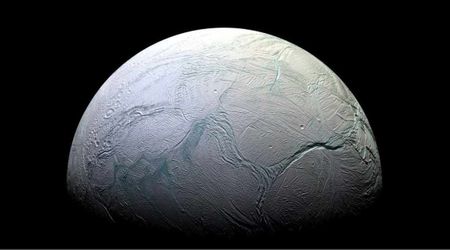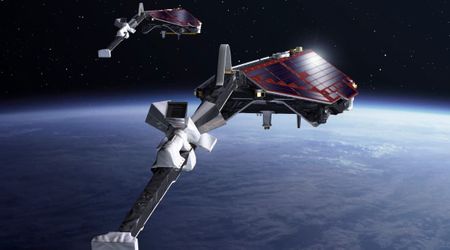Proposed US law urges NASA to study time distortion on the Moon and Mars

Imagine you are setting up a meeting with someone on the Moon, but right now it's a bit of a mess since there's no official "Moon time." Different missions just use the time from their home country, or sometimes a countdown from launch. As we send more and more robots and eventually humans to the moon, this lack of a shared time system will become a source of trouble and miscalculation.

A new US bill is making waves as it mandates NASA to create a lunar time zone that can be seamlessly translated to Coordinated Universal Time (UTC) — the global standard — to support future operations and infrastructure on and around the Moon and other celestial bodies other than Earth. This initiative might further our grasp of how time and motion differ in non-Earth environments, as reported on IFLScience.

The bill states, "The use of Coordinated Universal Time has challenges when used beyond Earth at other celestial bodies, due to relativistic effects." Further adding to this, it advices, "The United States should lead in developing time standardization for the Moon and other celestial bodies other than Earth to support interoperability and safe and sustainable operations; and development of such standardization will advance United States leadership in setting standards for global competitiveness, and will benefit other spacefaring countries and entities."

There's no agreed-upon time on the Moon at the moment, and NASA has been pressing ahead with plans to create the lunar time zone. They plan to use a weighted average of atomic clocks, placing them on the surface of the Moon, similar to how scientists calculate Earth’s globally recognized Coordinated Universal Time (UTC). Current analysis at NASA indicates that atomic clocks placed on the Moon’s surface will appear to ‘tick’ faster by microseconds — one millionth of a second — per day. NASA and its partners are currently researching which mathematical models to use, and what location is best for putting a weighted average of atomic clocks on, thereby establishing a lunar time, as shared on NASA.

Time passes at different rates for different observers, depending on one's relative speed and proximity to nearby gravitational fields. While this is not a problem for everyday Earthlings, it is an issue that NASA and other space agencies face. As NASA, with its Artemis campaign, gets ready to establish a sustained presence on and around the Moon, NASA's SCaN (Space Communications and Navigation) team will be establishing a time standard on the Moon to ensure the critical time difference for the safety of future space travellers. The way they will set this up will also be used for Mars and other places in space.

Cheryl Gramling, lead on lunar position, navigation, timing, and standards at NASA Headquarters in Washington, in a statement in September 2024, said, “For something traveling at the speed of light, 56 microseconds is enough time to travel the distance of approximately 168 football fields.” Adding to this, she mentioned, “If someone is orbiting the Moon, an observer on Earth who isn’t compensating for the effects of relativity over a day would think that the orbiting astronaut is approximately 168 football fields away from where the astronaut really is."









